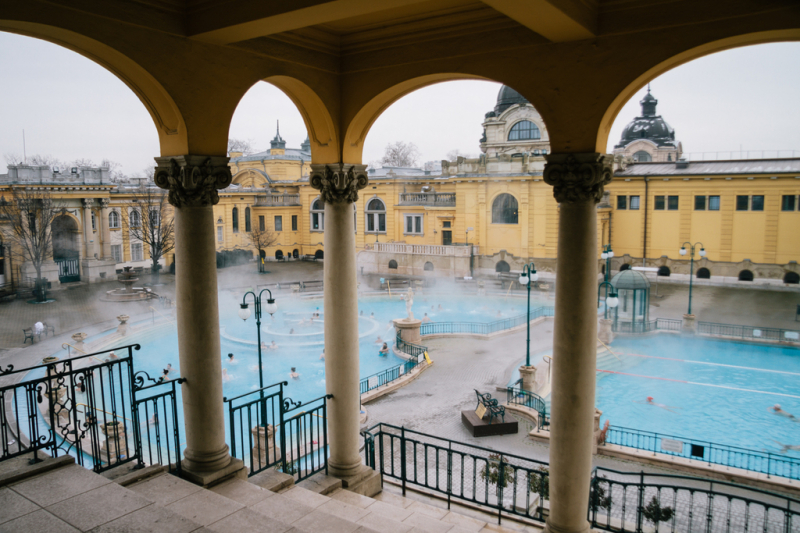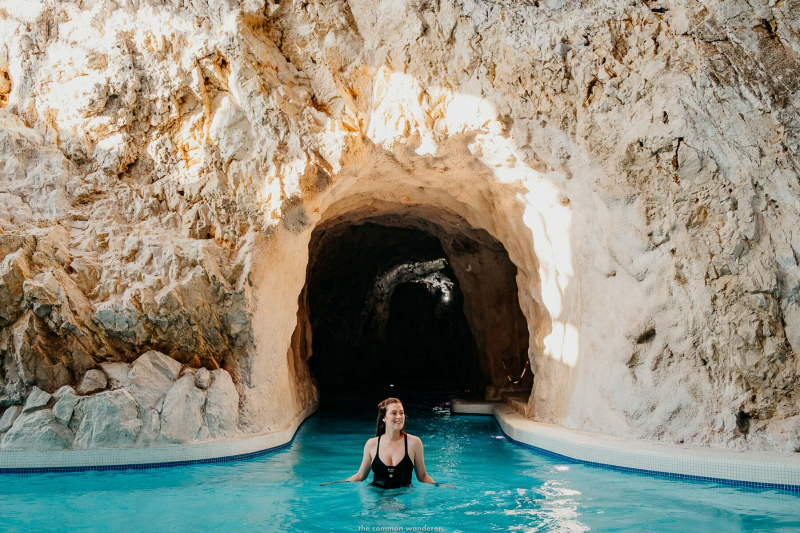Spa culture
Hungary is known for its hot springs. This is one of the Unique Cultural Characteristics In Hungary. From the beginning, a fondness for spa culture and Hungarian history have been linked. Hungarian spa culture has been demonstrated to be cosmopolitan. This claim is founded on architecture: Architectural elements from Roman, Greek, Turkish, and northern European countries can be found in Hungarian spas. Thermal water of high quality and abundance can be found on more than 80% of Hungary's area due to its fortunate geographical location.
During the Turkish invasion, the spa culture was resurrected; the Turks used the thermal springs of Buda to build a number of bathhouses, some of which are still operational. Hungary is a land of thermal water. Spa culture and Hungarian history have always been linked. It has been demonstrated that Hungarian spa culture is cosmopolitan. This claim is supported by architecture: Hungarian spas incorporate Roman, Greek, Turkish, and northern rural architectural characteristics. Thermal water of high quality and in large amounts can be found across more than 80% of Hungary's area due to its excellent geographical location.
Budapest's spa tradition dates back nearly 2,000 years. Among the world's capitals, Budapest boasts the most abundant supply of thermal water. In Hungary, there are over 450 public baths. Nowadays, bath operators are updating their facilities and expanding the services they provide. In total, 50 of the country's 450 public baths are designated as spas. Services for healing are available. These spas offer a wide range of balneal and physical therapies.












